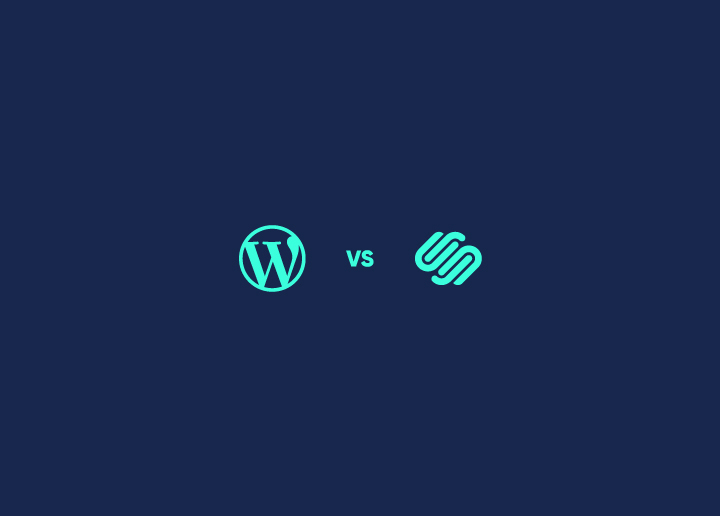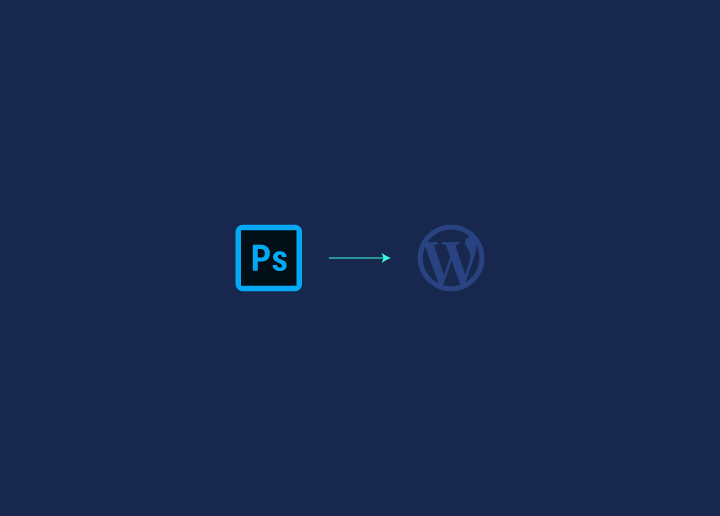Several types of Gzip files and applications available today let you compress HTTP content before it is served to a client, and these are all used on Unix and Unix-like systems. As a result of this process, a file has been found to shrink by as much as 80 percent, resulting in faster page loading times, less bandwidth consumption, and a reduction in SSL overhead.
Compression can be used before content leaves the server to reduce the file size to address this issue. There is a standard compression method called Gzip, which is widely used by web servers, browsers, and other applications for the seamless compression and decompression of content as it is transmitted over the Internet. It can reduce the size of JavaScript, CSS, and HTML files by up to 90% using the gzip compression algorithm, primarily used with code and text files.
How does Gzip work?
- To determine whether or not the browser can support gzip compression, a server checks the header of a request when it receives a request for a web page.
- If that is the case, the server will generate the markup for the page before applying the gzip compression.
- To deliver the compressed data stream to the end user, Gzip converts the markup content into a compressed data stream.
- There is a process by which the compressed stream is decompressed once it reaches the end user’s browser.
- Compressing web content with GZIP is one of the most popular techniques used for compressing content on the web. It is estimated that more than fifty percent of all websites on the Internet use GNU Zip’s lossless compression to compress everything from the pages to the videos and photos they reference.
Despite GZIP’s popularity in the present day, the compression ratio of the standard version often falls short of the compression ratio of Brotli, representing a modest improvement over the GZIP standard version. Moreover, the adoption of GZIP is now slowly trending downward as websites are moving to more modern technologies than GZIP.
The Effect of Compression Levels on Resource Usage
Unlike other compression processes, Gzip compression depends on the CPU and has a variety of compression levels to choose from. The higher the compression level, the smaller the file, but the more CPU time it will take.
It has been estimated that the average size of a web page has increased by almost 1.2 MB over the past ten years. As a result, it is becoming increasingly necessary to develop methods for quickly and efficiently delivering large quantities of data as our demands for information increase.
When Should GZIP Be Used?
GZIP’s compression algorithms provide an acceptable level of compression for static and dynamic content, and they are speedy enough to run on practically any client/server. In addition, many technologies in use today work well with static content, such as bz2, xz, and Brotli.
Despite a slow decline in web support for GNU Zip, it still has many uses that will keep it relevant for many years. For example, regardless of newer compression technologies, there will always be a trade-off between server-side processing and client-side compression ratios.
If you are interested in reading more articles of this kind, check out Seahawk Media.


















